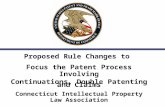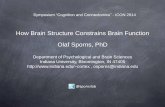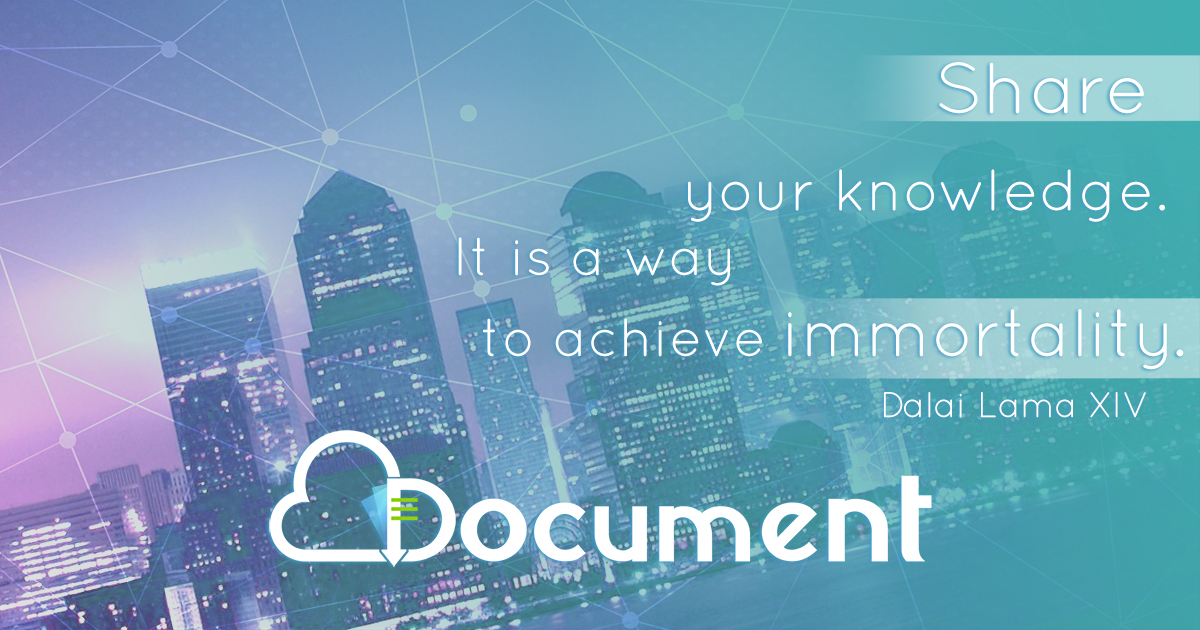Modelling the Process and Life Cycle. The Meaning of Process A process: a series of steps involving...
-
Upload
jack-sanders -
Category
Documents
-
view
214 -
download
0
description
Transcript of Modelling the Process and Life Cycle. The Meaning of Process A process: a series of steps involving...

Modelling the Process and Life Cycle

The Meaning of Process
A process: a series of steps involving activities, constrains, and resources that produce an intended output of some kind
A process involves a set of tools and techniques

Process Characteristics
Prescribes all major process activitiesUses resources, subject to set of constraints
(such as schedule)Produces intermediate and final productsMay be composed of subprocesses with
hierarchy or links

Process Characteristics…continuation
Each process activity has entry and exit criteria
Activities are organized in sequence, so timing is clear
Each process has guiding principles, including goals of each activity
Constraints may apply to an activity, resource or product

The Importance of Processes
Impose consistency and structure on a set of activities
Guide us to understand, control, examine, and improve the activities
Enable us to capture our experiences and pass them along

Reasons for Modelling a Process
To form a common understandingTo find inconsistencies, redundancies,
omissionsTo find and evaluate appropriate activities
for reaching process goalsTo tailor a general process for a particular
situation in which it will be used

Software Life CycleWhen a process involves building a software,
the process may be referred to as software life cycleRequirements analysis and definitionSystem (architecture) designProgram (detailed/procedural) designWriting programs (coding/implementation)Testing: unit, integration, systemSystem delivery (deployment)Maintenance

Software Development Process Models
Waterfall model V model Prototyping model Operational specification Transformational model Phased development: increments and iterations Spiral model Agile methods

Waterfall Model One of the first process development models
proposed Works for well understood problems with minimal
or no changes in the requirements Simple and easy to explain to customers It presents
a very high-level view of the development process sequence of process activities
Each major phase is marked by milestones and deliverables (artifacts)

Waterfall Model (continued)

Waterfall Model (continued)There is no iteration in waterfall modelMost software developments apply a great
many iterations


Drawbacks of The Waterfall Model
Provides no guidance how to handle changes to products and activities during development (assumes requirements can be frozen)
Views software development as manufacturing process rather than as creative process
There is no iterative activities that lead to creating a final product
Long wait before a final product

Waterfall Model with Prototype
A prototype is a partially developed productPrototyping helps
developers assess alternative design strategies (design prototype)
users understand what the system will be like (user interface prototype)
Protopyping is useful for verification and validation

Waterfall Model with Prototype (continued)
Waterfall model with prototyping

V Model
A variation of the waterfall model Uses unit testing to verify procedural design Uses integration testing to verify architectural
(system) design Uses acceptance testing to validate the
requirements If problems are found during verification and
validation, the left side of the V can be re-executed before testing on the right side is re-enacted

V Model (continued)

Prototyping Model
Allows repeated investigation of the requirements or design
Reduces risk and uncertainty in the development

Operational Specificiation Model
Requirements are executed (examined) and their implication evaluated early in the development process
Functionality and the design are allowed to be merged

Transformational Model
Fewer major development steps Applies a series of transformations to change a
specification into a deliverable system Change data representation Select algorithms Optimize Compile
Relies on formalism Requires formal specification (to allow
transformations)

Transformational Model (continued)

Phased Development: Increments and Iterations
Shorter cycle timeSystem delivered in pieces
enables customers to have some functionality while the rest is being developed
Allows two systems functioning in parallel the production system (release n): currently being
used the development system (release n+1): the next
version

Phased Development: Increments and Iterations (continued)

Phased Development: Increments and Iterations (continued)
Incremental development: starts with small functional subsystem and adds functionality with each new release
Iterative development: starts with full system, then changes functionality of each subsystem with each new release

Phased Development: Increments and Iterations (continued)
Phased development is desirable for several reasonsTraining can begin early, even though some
functions are missingMarkets can be created early for functionality
that has never before been offeredFrequent releases allow developers to fix
unanticipated problems globaly and quicklyThe development team can focus on different
areas of expertise with different releases

Spiral ModelSuggested by Boehm (1988)Combines development activities with risk
management to minimize and control risksThe model is presented as a spiral in which each
iteration is represented by a circuit around four major activities Plan Determine goals, alternatives, and constraints Evaluate alternatives and risks Develop and test

Spiral Model (continued)

Agile Methods
Emphasis on flexibility in producing software quickly and capably
Agile manifesto Value individuals and interactions over process and tools Prefer to invest time in producing working software
rather than in producing comprehensive documentation Focus on customer collaboration rather than contract
negotiation Concentrate on responding to change rather than on
creating a plan and then following it

Notation depends on what we want to capture in the model
The two major notation categoriesStatic model: depicts the processDynamic model: enacts the process
Tools and Techniques for Process Modeling

Process Programming
A program to describe and enact the process Eliminate uncertainty Basis of an automated environment to produce
software Does not capture inherent variability of
underlying development process Implementation environment, skill, experience,
understanding the customer needs Provides only sequence of tasks Gives no warning of impending problems



















